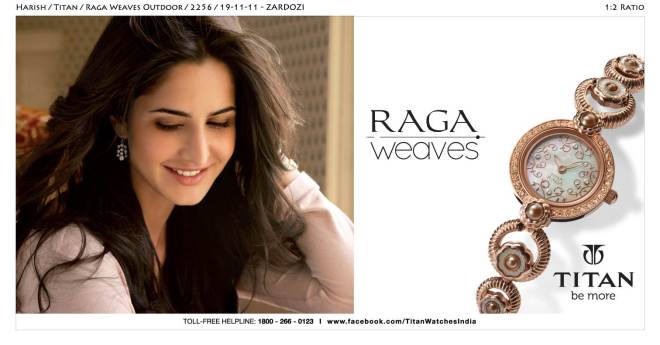The world wide web, the internet or the big blue, no matter what you choose to call it; the ‘www’ can be a tricky place to navigate. If you are not careful, you maybe land-up in a dark alleyway and before you know it you are mingling with the wrong crowd. The situation can be tricky to get out of. So, as a product, how do you make sure that you are reaching the right (read relevant) people and not ending-up being “that annoying product I keep seeing on all my news feeds?”. The key is to understand who is it that you are speaking to. This is where Digital Marketing Analytics comes into play. Not to be confused with Web Analytics, Google Analytics is a tool that measures the effectiveness of your marketing campaigns across different platforms at each stage i.e. from acquisition to closing. As is evident, there are two ways in which you can get an insight into the minds of your consumers:
- Web Analytics: This type of data gives information about criteria such as page load speed, pageviews per visit, and time on site etc.
- Google (Digital) Analytics: This type of data can give you more holistic and all-around information about the nature, habits, demographics, and many other behavioral aspects about the audience that visit your website.
It is imperative that we understand that, it is finally humans and not machines that are buying your product or visiting your website. Humans are made of more than just numbers. They are made of routines, surprises, habits, rituals, flesh, skin, blood, and bones.

Once you can build-up the persona of your intended consumer in your mind, it becomes easier to tailor your communication to suit them. It is also important to note that we are all creatures of habit; if we have bought something at a certain time in our past, we are very likely to make the same purchase again during the same time. In the rapidly changing world of today, we often hide small stories behind huge numbers, data, and graphs. As social media marketers, it is our job to demystify these stories and help create newer ones for our audience. One of the simplest ways to understand the complex world of digital marketing is to draw everyday parallels and place them in a context that we can all understand.
Reading Google Analytics is very much like getting to know your favorite person:
Think about your best friend, think really hard. Won’t it be weird if you didn’t know what languages they can speak or which places they like to hang out at?
Well, Google Analytics works much the same way. Learning to make sense out of Google Analytics will slowly and surely bring you to a realization that you are gaining an insight into, what your end-audience looks like.
Targeting is like hanging out in the right circles:
Google AdWords, keywords and some other tools enable you to target your ads to a very specific audience, as does Facebook. You can not only select the demographics, but also the likes and dislikes of your audience based on their interests. For eg: If you are advertising for a musical concert and you are getting more leads from Viman Nagar (Pune), and you can independently verify that the majority population of the region is in the age group of 18-27; you can safely say that your end-audience is a student between the age group of 18-27 with music listening habits that are close to the artist you are advertising. Linking this data further with other social or real-time observations about their habits and mannerisms can help you build a character profile of your user. Once you know who it is that you are talking about, it becomes much easier to tailor your communication as the need may be. To illustrate this point further, let’s assume that you are the owner of a steel manufacturing unit, and you are getting more traffic out of the above-said region; it is safe to say that you perhaps need to re-orient your marketing efforts because this group is unlikely to make a purchase of a product like steel. The right targeting is thus like choosing your friends well – it helps you to be noticed in the right circles and ensures that you stay relevant.
Derive your strategies from personal experience:

Think of it this way, before becoming a social media marketer, a digital enthusiast or a business-owner; you are a human being. That means you also use the internet and that means that you too are the target of some marketing campaign or the other. Now, ask yourself this question: When was the last time that you felt like making a purchase or take any action for that matter after you saw something on the internet? For me, this happened as I wanted to choose some makeup products to go with my wedding dress. I clicked on the link of a Facebook Ad that eventually led me to a cosmetics website. I bought a lip tint, a blusher, and an applicator sponge. Thereafter, I was continually receiving prompts from the same site about make-up products that would complete my D-Day Kit such as primer, an eyeliner, and a mascara. In this particular case, relevance and timing was key. What was it in your case?
Chances are that what prompted your action was one of the following factors:
A. You were being continually bombarded with the message without you being conspicuous or irritated by it.
- The content (written or audio-visual) caught your eye with its creativity or precision.
- You have made similar purchases before.
Keep the above principles in mind and you are GOLDEN! Thus, the Mantra is: Know who your core audience is, know what channels they frequently visit, and know what kind of messaging gets an action out of them. This is precisely the data that analytics can provide you with. Once you start thinking as a prospective customer, tailoring your content becomes easy.
Learn basic social skills:
“On the internet, as in real life – manners are important. Once you get to know people it is easy to understand and fathom how they like to be spoken to.”
The same is true with your audience. To elucidate the point further, let’s assume that you are with a girl you like. Once you start meeting her often, you start getting to know what phrases she uses, what places she frequents, what are the kind of friends she hangs out with, and what place she belongs to. This is exactly how you get to know your audience. It is also important to note that this does not amount to stalking! All the information shared by Google is volunteered by the audience themselves.

However, it is also important that you do not approach them constantly and become an annoyance. Try to keep your interactions limited to the websites they visit frequently, using the information shared by the web browser i.e. Cookies. Approaching your audience after they have left the site is called re-targeting. If you manage to recapture their interest, they are more than likely to make a transaction. It is a useful tool, but remember that it works better as a part of a larger digital strategy rather than a sole endeavor.

“Strategies involving content marketing, AdWords, and targeted display are great for driving traffic, but they don’t help with conversion optimization. Conversely, retargeting can help increase conversions, but it can’t drive people to your site. Your best chance of success is using one or more tools to drive traffic and retargeting to get the most out of that traffic. (Source: https://retargeter.com/what-is-retargeting-and-how-does-it-work)”
Conclusion:
One of the best ways to make sense of digital marketing is to understand that you always need to put a face and build a profile of the person that you are talking to.
Once you have done that, you can go about building a personality too! It will take time and quite a few dead alleys to get to the right audience, but once you do the effort is definitely worth it. One of the greatest misconceptions about digital marketing is that – Through your messaging, you are talking to everybody. The golden rule of thumb is to keep it in your head that if you are talking to everyone, you are reaching no-one. On the other hand, when you are talking to one person alone and that person has the exact same attributes as you would want your ideal audience to have, your efforts are far more likely to yield results and ROI. And finally, simple manners and class truly go a long way. Keep these qualities constant in your messaging, and you are sure to hit the right note!








 Wood Studio to explore Hobbies on Facebook campus.
Wood Studio to explore Hobbies on Facebook campus. 






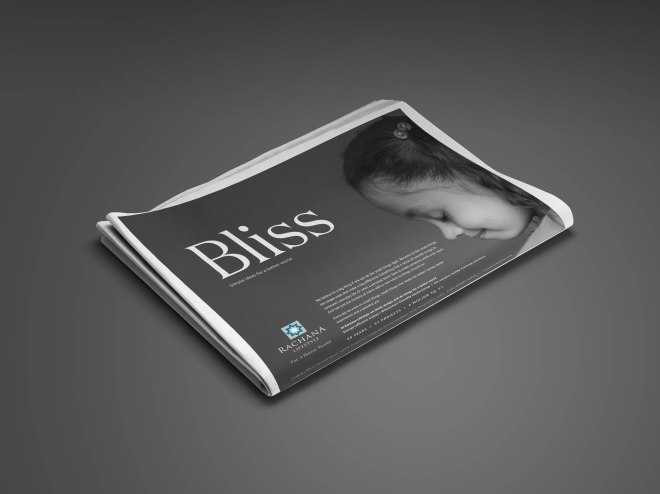






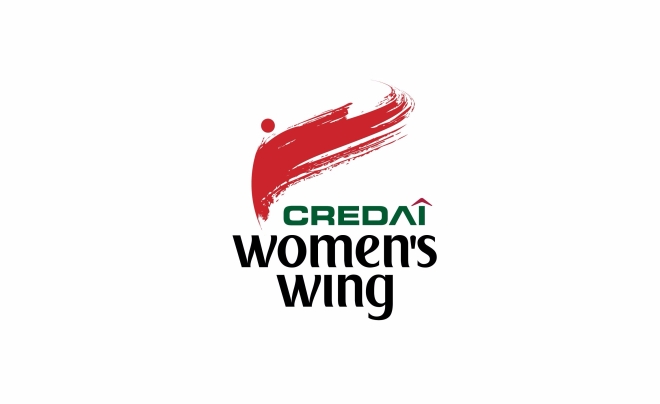
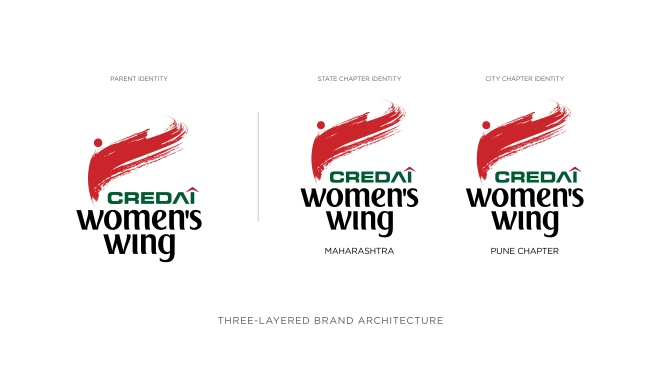 RESULTS:
RESULTS:













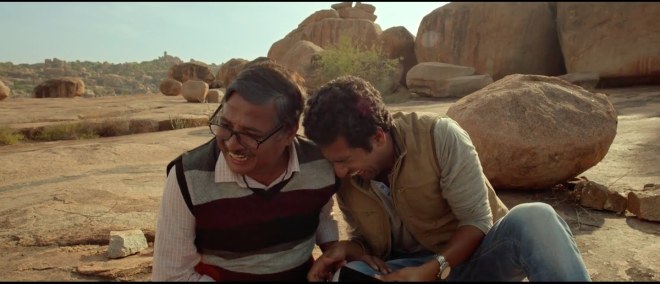
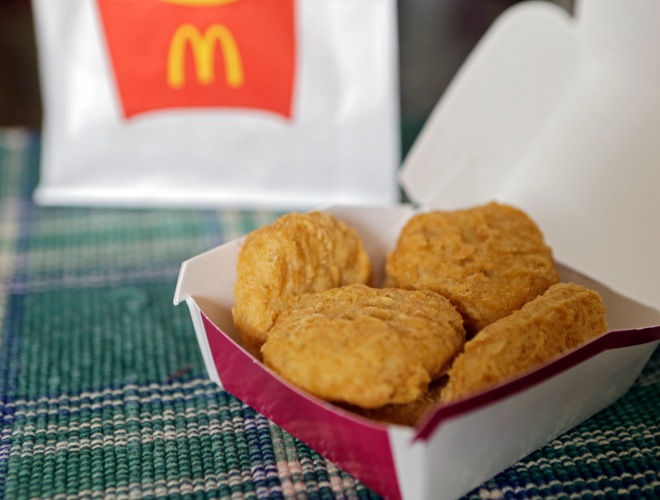















 Devangini Karkhanis, an MBA in advertising, embarked on a journey to become a copywriter 6 years ago. With a vision to put her passion for words and mind full of ideas to good use, she believes her work has taught her a lot over the years. Working in the creative field has been an enjoyable and enriching experience, and it has given her the opportunity to go beyond writing, and become a good communicator, strategist, and an artist too!
Devangini Karkhanis, an MBA in advertising, embarked on a journey to become a copywriter 6 years ago. With a vision to put her passion for words and mind full of ideas to good use, she believes her work has taught her a lot over the years. Working in the creative field has been an enjoyable and enriching experience, and it has given her the opportunity to go beyond writing, and become a good communicator, strategist, and an artist too!



